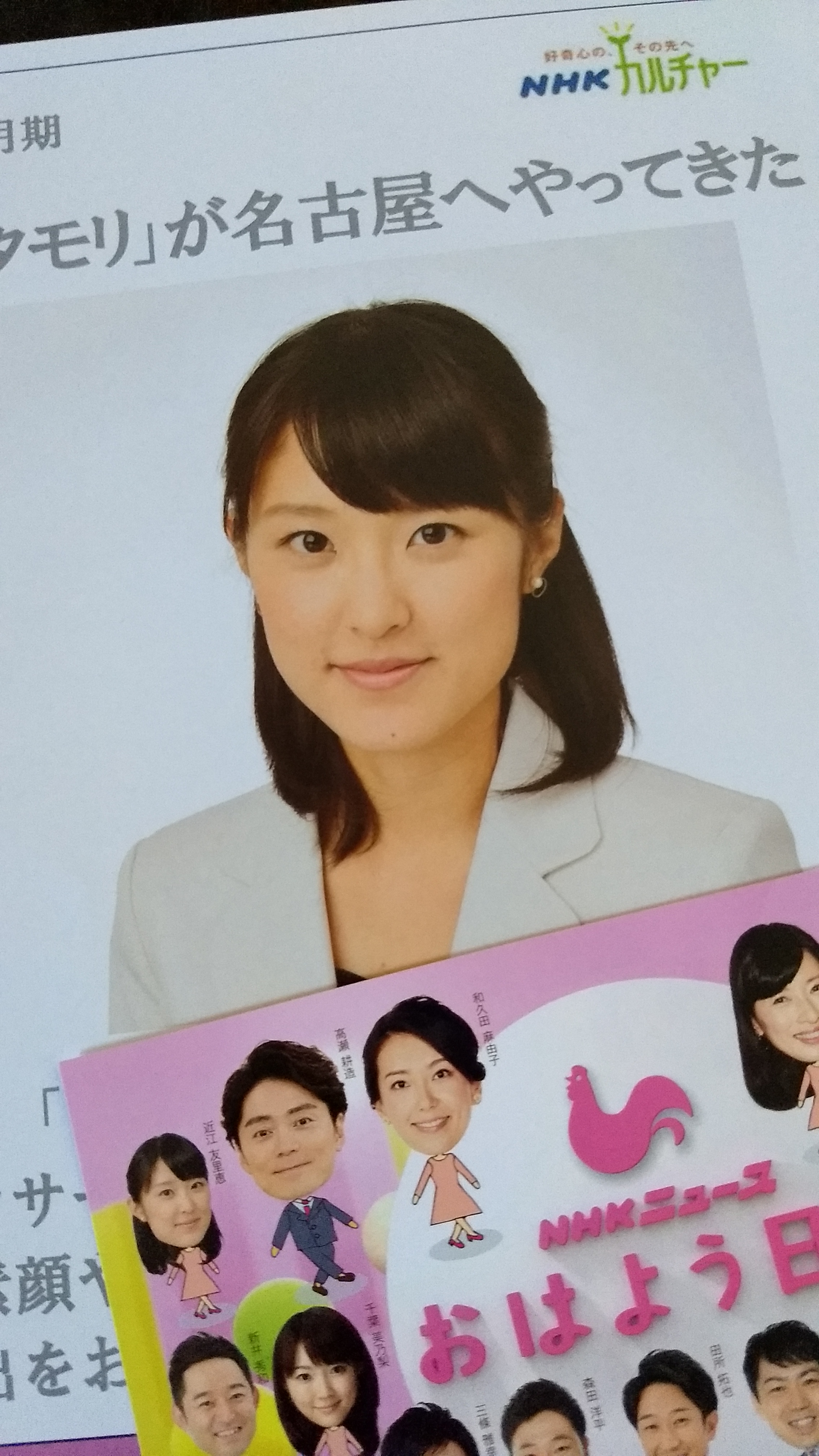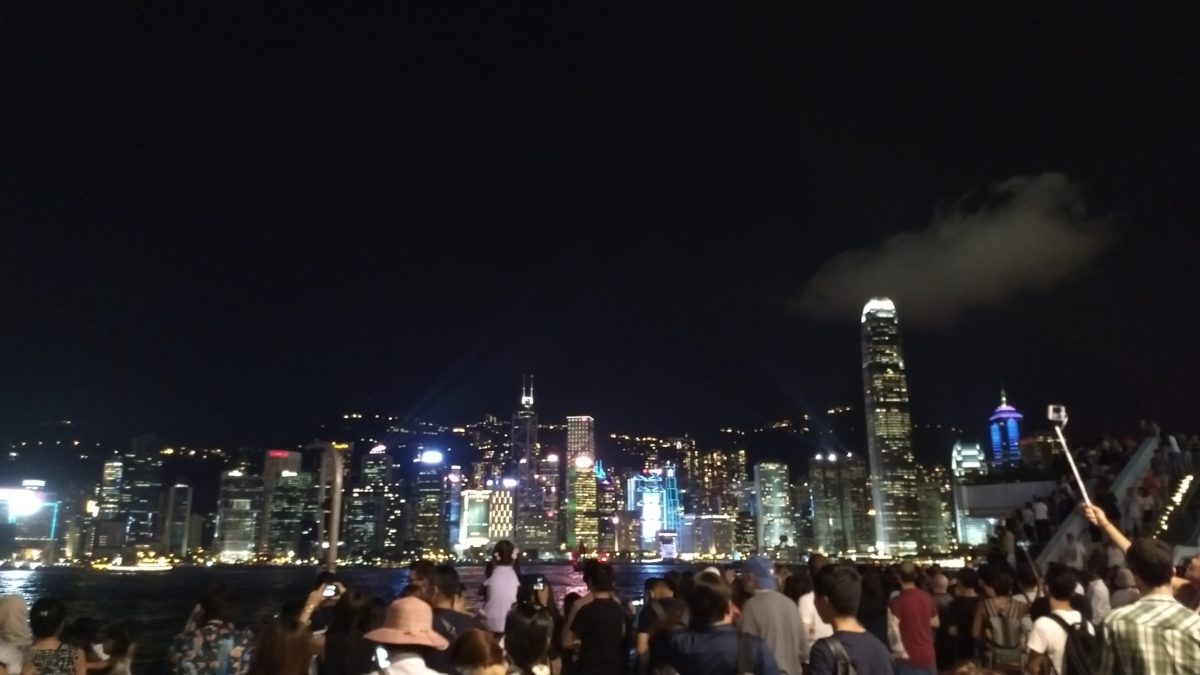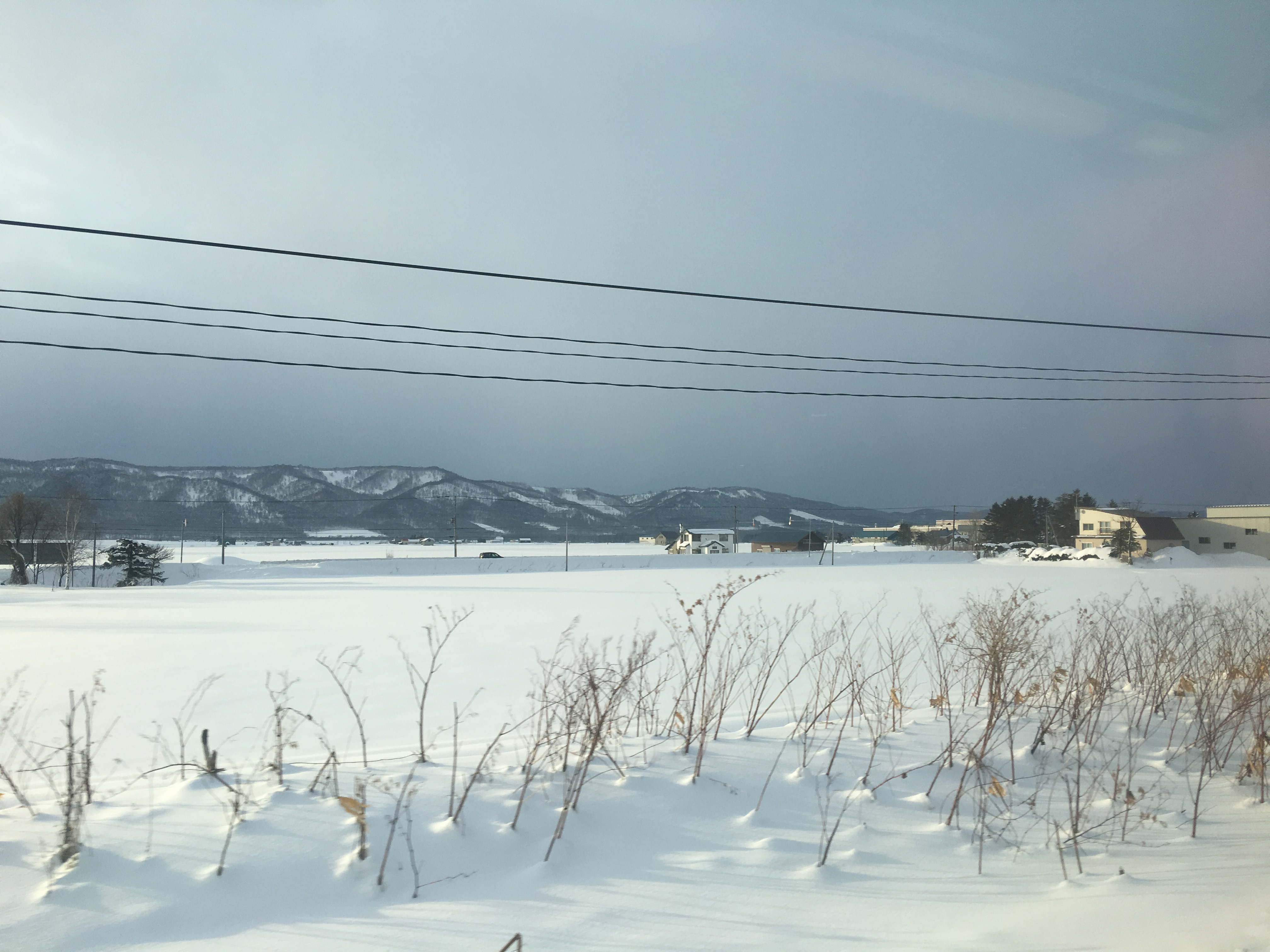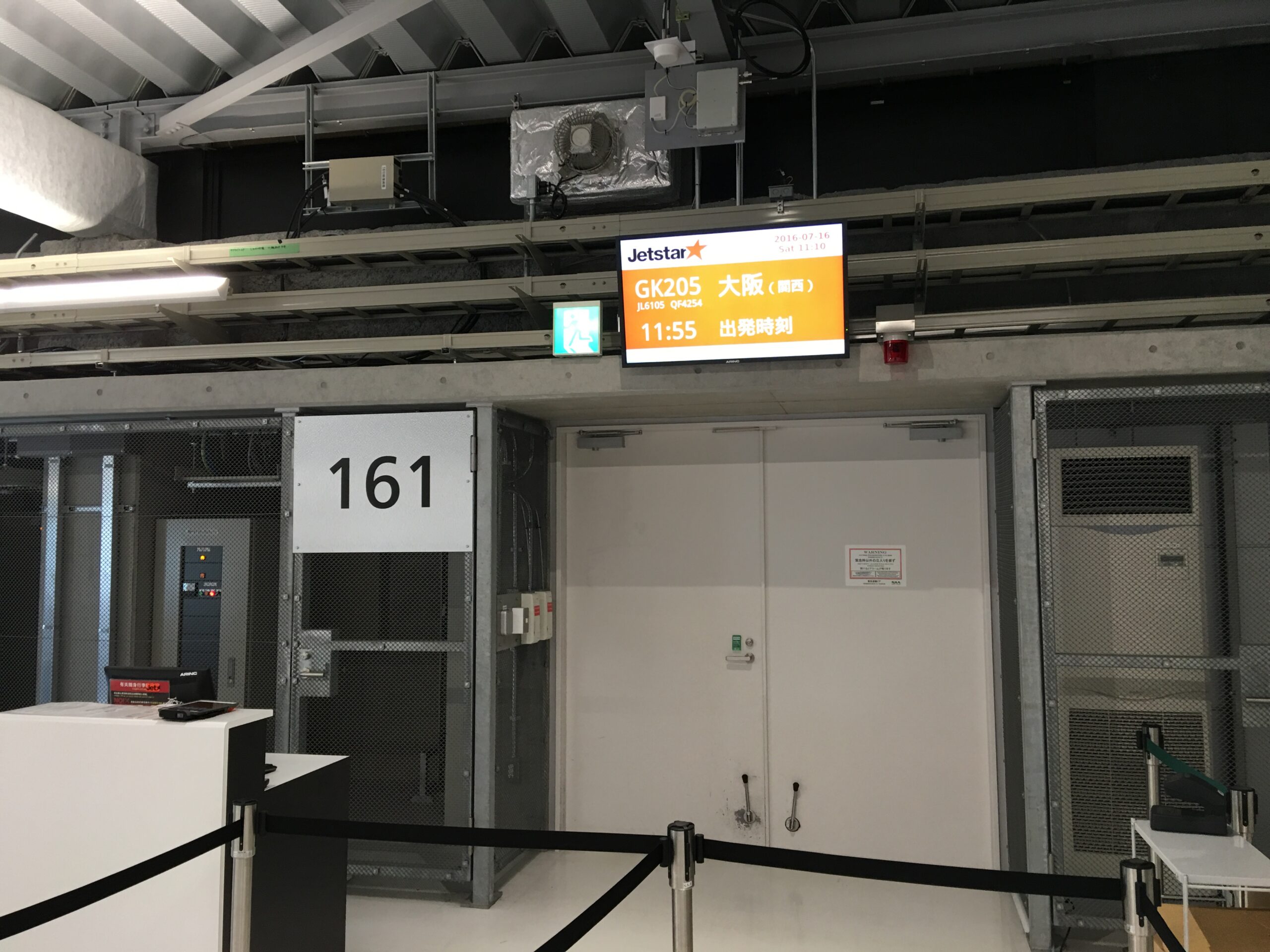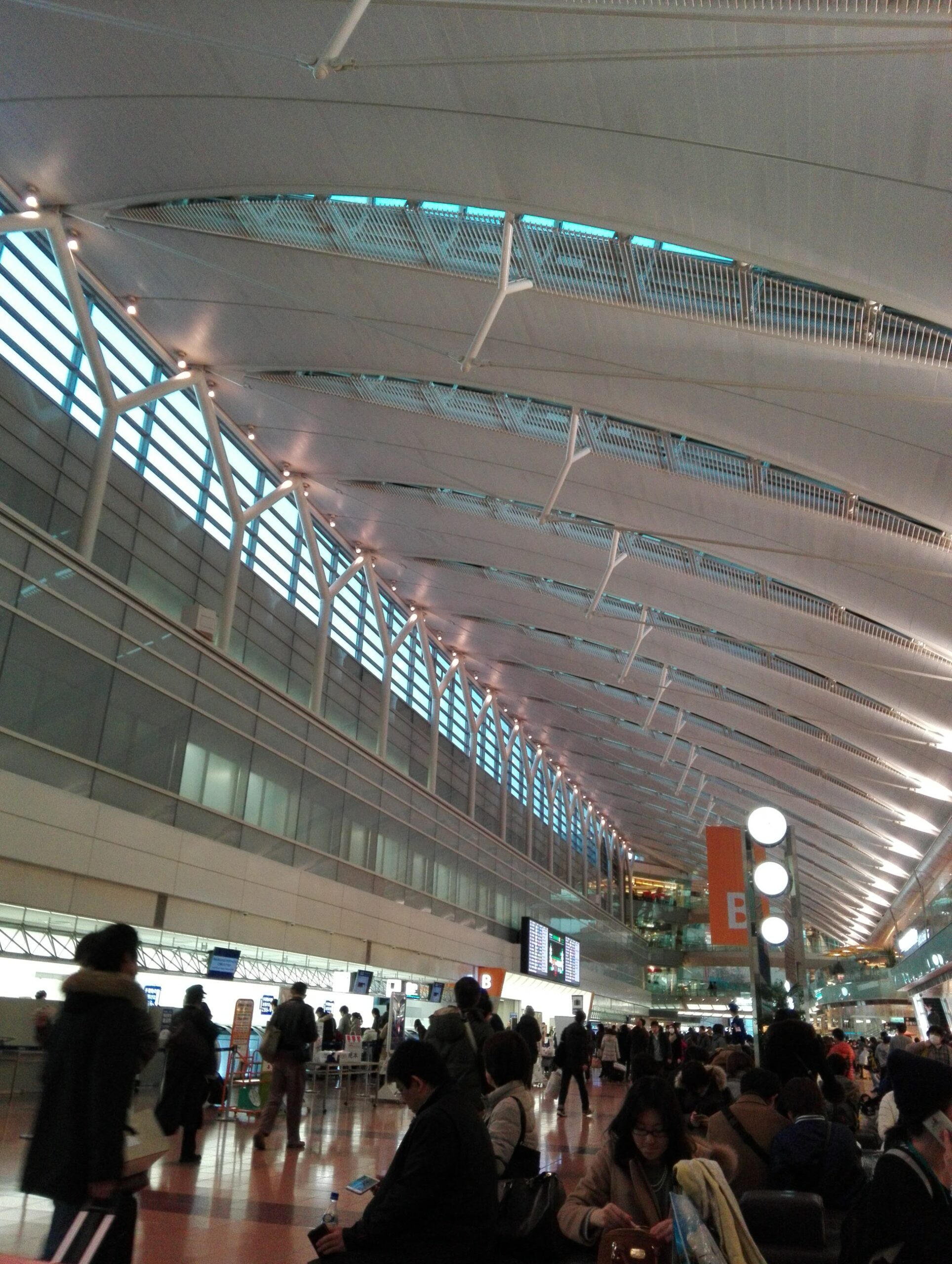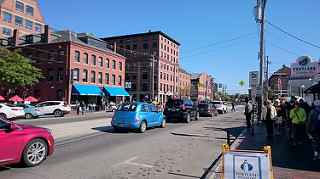I used to watch Knight Rider on TV when I was a junior high school student. Knight Rider is an American TV series where a hero, Michael Knight, together with a talking self-driven car, KITT, beats the evil and sometimes has romantic experiences with a heroine of each episode. I thought that such a car was just a pipe dream at that time, but the dream will probably come true in a decade or two.
The development of autonomous cars, or driverless cars, is widespread. Google started testing of the developing autonomous cars on public roads as Nevada state law allowed to do it and issued license plates to them in 2011. Following Google, Audi obtained the road testing license as well from the state government of Nevada in 2013. In the same year, the United Kingdom also permitted road testing of automated cars. In China, Baidu is also planning similar testing.
Automated driving is categorized into five levels. Level 1 (hands-on) means that driver and system shares control over the vehicle, such as adaptive cruise control where the driver controls steering and the system controls speed, and parking assistance where steering is automated and speed is manual. Level 2 means hands-off, where the system takes full control of the vehicle, including accelerating, braking and steering, but the driver must still keep an eye on the vehicle’s movement in case of unprecedented failures. At level 3 (eyes off), the driver can text or watch a movie while the system is driving. At level 4 (mind off), the driver may go to sleep or leave the driver’s seat while driving. In a level 5 (steering wheel optional) autonomous car, no human interaction is required for driving.
Some car manufacturers are releasing level 2 or 3 cars to the market. Tesla Motors, one of the leading car manufacturers, released level 2 cars with Tesla Autopilot capability in 2015. Those cars can act automatically on limited-access highways, requiring the full attention of the driver. Mercedes will add automated driving features such as an active brake assist, a steering pilot, a parking pilot, a cross-traffic assist system and braking assist on production cars by 2017. No car manufacturers today succeed in making level 4 or 5 cars.
There are some hurdles to achieve the development of level 4 or higher. Possible software bugs may lead to sudden malfunction and put drivers and passengers at risk of a traffic accident. Crackers may hack the system and do some destructive actions. Laws and regulations should be properly arranged by politicians knowing well about an autonomous driving system to cope with possible problems it may cause.
In spite of these hurdles, things are going step by step. The development of artificial intelligence, or AI, also helps the automated driving system evolve. AI is being wiser and wiser over time. AI being installed in the system will dramatically quicken their pace of evolution. I think some car manufacturers will achieve the development of level 4 cars or higher in a few years. We know the rapid growth of the internet and smartphones. We know that the world was changed to what nobody had even imagined 15 years before. That will be true to automated cars.
In the world where cars are fully automated, traditional cars will be removed from the roads, because such cars that cannot follow the new order of the traffic will be nothing but obstructions. Driving such cars manually will be totally banned. Driving (or letting the car drive) will be just a means of moving, not fun.
What should such people who love maneuvers of a traditional, manual-driven car do? Such cars will be parked at dedicated paddocks to play them within a restricted area such as circuits or off-road trails, just as today’s motorsport drivers do. Driving a car will be just one of hobbies like hiking, hunting, yacht sailing, golfing, or fishing. The day when you can handle your car anywhere by yourself will be over.
Autonomous cars will change the world a great deal. You will think the change might be strange or uncomfortable, but you will have to adapt to it since nobody hasn’t stopped any changes of the times ever before.
